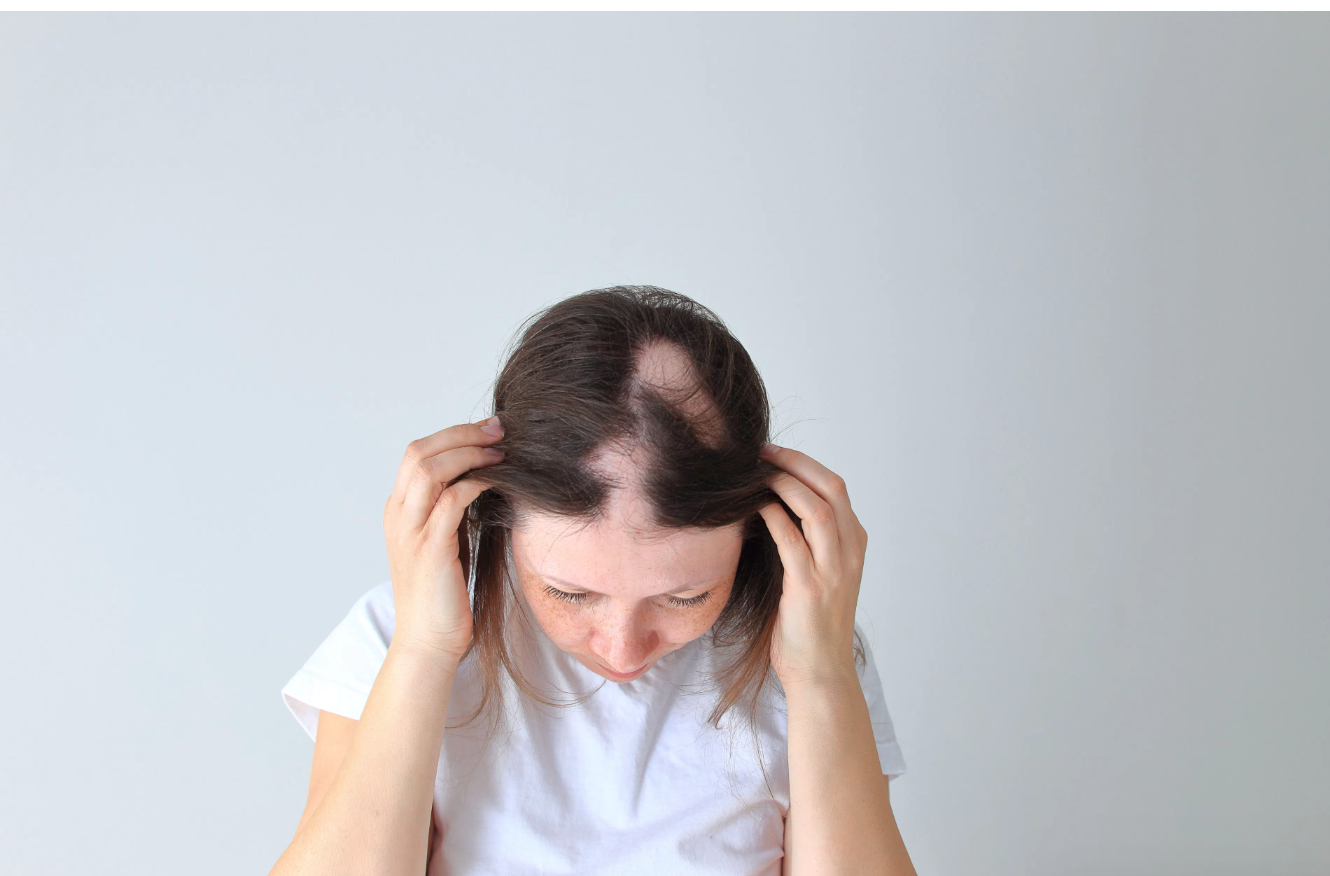News
Article
Topical Minoxidil Improves Hair Growth in 87% of Pediatric Patients With Chemotherapy-Induced Alopecia
Author(s):
The FDA-approved topical and oral agent is currently indicated for adult patients with patterned alopecia.
There are estimates that more than 90% of pediatric patients with cancer will experience hair loss; but in a recent study, topical minoxidil increased hair growth (hair density and thickness) in 87% of pediatric patients with chemotherapy-induced alopecia (CIA). Investigators published their study findings in Scientific Reports.
Image credit: Nadya Kolobova | stock.adobe.com

“Alopecia experienced by pediatric patients with cancer is not solely induced by chemotherapy but has a multifactorial nature influenced by factors such as radiation and chronic cutaneous graft-versus-host disease,” wrote authors in the paper.
CIA is a dermatological condition associated with the physiological stress of treatment for cancer. Pediatric patients with CIA are not only at risk of social stigma, but permanent CIA as well, especially patients who received high-dose conditioning chemotherapy for hematopoietic stem cell transplantation (HSCT), high-risk or relapsed hematologic malignancies, and non-malignant hematologic diseases.
There are few studies that focus on the characters and treatment of pediatric patients with CIA, so investigators conducted a retrospective study looking at the association between topical minoxidil on clinical outcomes in pediatric patients with CIA. The cohort included 70 patients who received topical minoxidil following high-dosing conditioning chemotherapy and HSCT.
Investigators also evaluated the impact of minoxidil in combination with common over-the-counter dietary supplements—L-cystine, medicinal yeast, and pantothenic acid complex (CYP)— for hair growth in 42 [60%] patients.
“Recent in vitro studies have shown that the core compounds of CYP, particularly L-cystine, positively impact cell proliferation, viability, and the protection of human hair follicular keratinocytes (HHFKs) and support fundamental cellular processes relevant to healthy hair growth,” study authors wrote in the paper.
Among pediatric patients with CIA— including 12.9% of patients with permanent CIA— 87.1% of patients experienced hair growth, which was defined as showing an improvement in hair density and hair thickness. Patients who received topical minoxidil for a longer time also had better clinical outcomes, with complete response being reached in a median of 626 days compared to partial response in 317 days.
Pediatric patients who took a higher cumulative dose, and those who took a combination of minoxidil and CYP, also experienced better outcomes. Patients on combination minoxidil therapy experienced a 21.4% increase in hair thickness compared to a 9.3% among patients on minoxidil alone.
Minoxidil is shown to be safe and effective for adult CIA, and this study supports these findings, showing that adverse events were rare (4.3%), mild, and self-limiting. Moreover, medication adherence was a determinant of clinical efficacy, but there is now a low-dose oral minoxidil agent that can treat various patterns of hair loss for those who struggle with adherence to the topical treatment.
According to the study authors, limitations of the study include the absence of a control group, and only following up with patients for a median duration of 317 days, which limits understanding of long-term safety or efficacy outcomes.
“Minoxidil and CYP administration represent viable treatment options for pediatric CIA,” authors conclude.
REFERENCE
Lee JW, Kang J, Choi JY, Hong KT, Kang HJ, Kwon O. Topical minoxidil and dietary supplement for the treatment of chemotherapy-induced alopecia in childhood: a retrospective cohort study. Sci Rep. 2024;14:4349. doi:10.1038/s41598-024-53054-8

FDA Approves Dupilumab, Marking First Targeted Therapy in a Decade for Chronic Spontaneous Urticaria





